Britain’s all-new, multimillion-pound desert racer – the Prodrive-built, Bahraini-backed BRX T1 – is poised to start its first-ever event: the world-famous Dakar Rally.
Beginning on 3 January, it will run for 13 days on a punishing, 4800-mile circular route through Saudi Arabia.
The Prodrive-BRX (for Bahraini Rally Xtreme) team is based in Prodrive’s Banbury headquarters and consists of two cars: one driven by Frenchman Sébastien Loeb, nine times a World Rally Champion, the other by Spaniard Joan ‘Nani’ Roma, who has entered every Dakar since 1996 and won it both on a motorcycle (KTM, 2004) and in a car (Mini, 2014).
Roma has done most of Prodrive’s latest T1 development testing, at venues in the UK and Dubai. During November, he spent nearly two weeks at Millbrook test track in Bedfordshire, driving “harder than you’d go in the event, except by accident” trying to discover what would break first on the car under extreme treatment. The tests ended with some relatively minor wheel bearing issues and a propshaft failure (now fixed), plus a lot of plaudits for his engineering team about the handling and robustness of the new car.
Loeb is also pleased with the car’s sophisticated design and toughness (see interview, above right). Testing of back-up machinery is continuing while the two team cars get their last-minute fettling, and Prodrive’s team will fly to Jeddah over Christmas to begin the long campaign.

The 2021 Dakar will be one of the biggest ever staged: there are 75 cars, 42 trucks and 110 motorcycles entered from 19 countries. Including back-up vehicles, there are expected to be 679 vehicles and 15 helicopters on the course in total.
They will cover an all-new route that includes more than 3000 miles of competitive sections that entrants will never have seen before. It’s rumoured to include more varied driving terrain and more difficult navigation tests than in recent events and ends with a mammoth 320-mile ‘showdown’ competitive section on the penultimate day, where the organisers say the time differences between competitors “could be huge”.


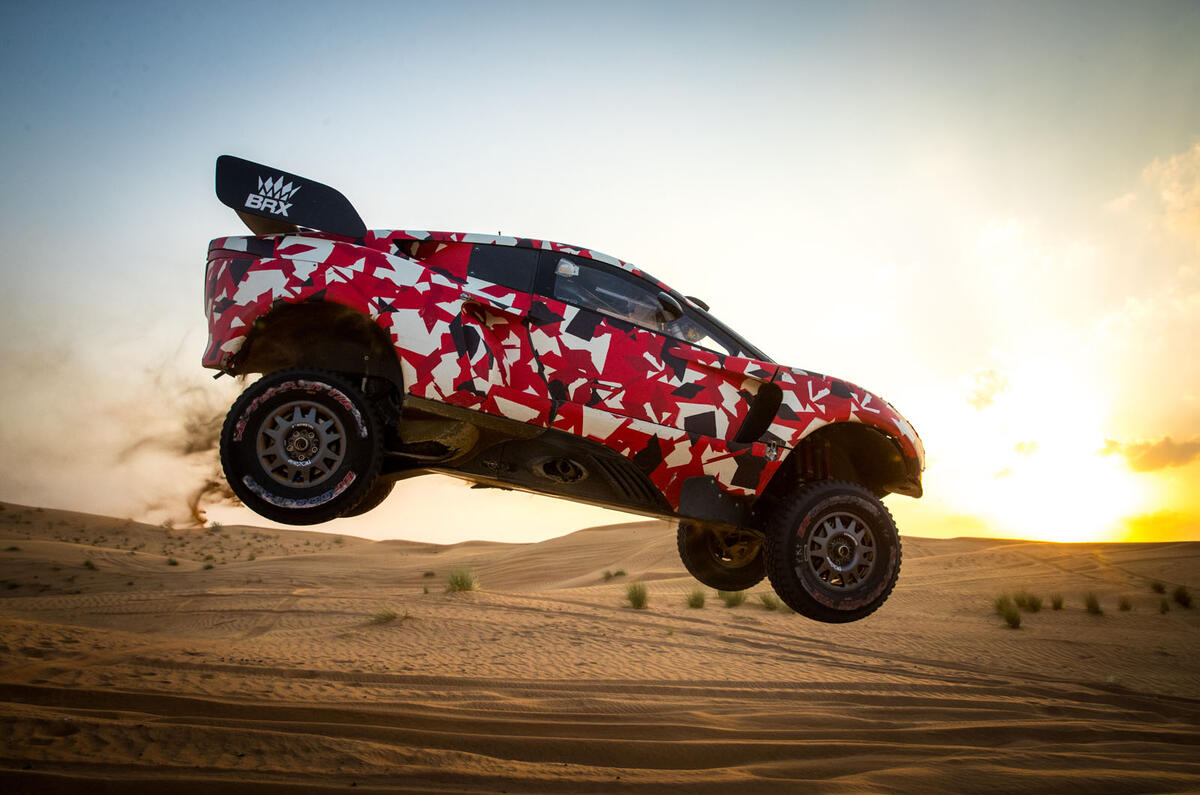
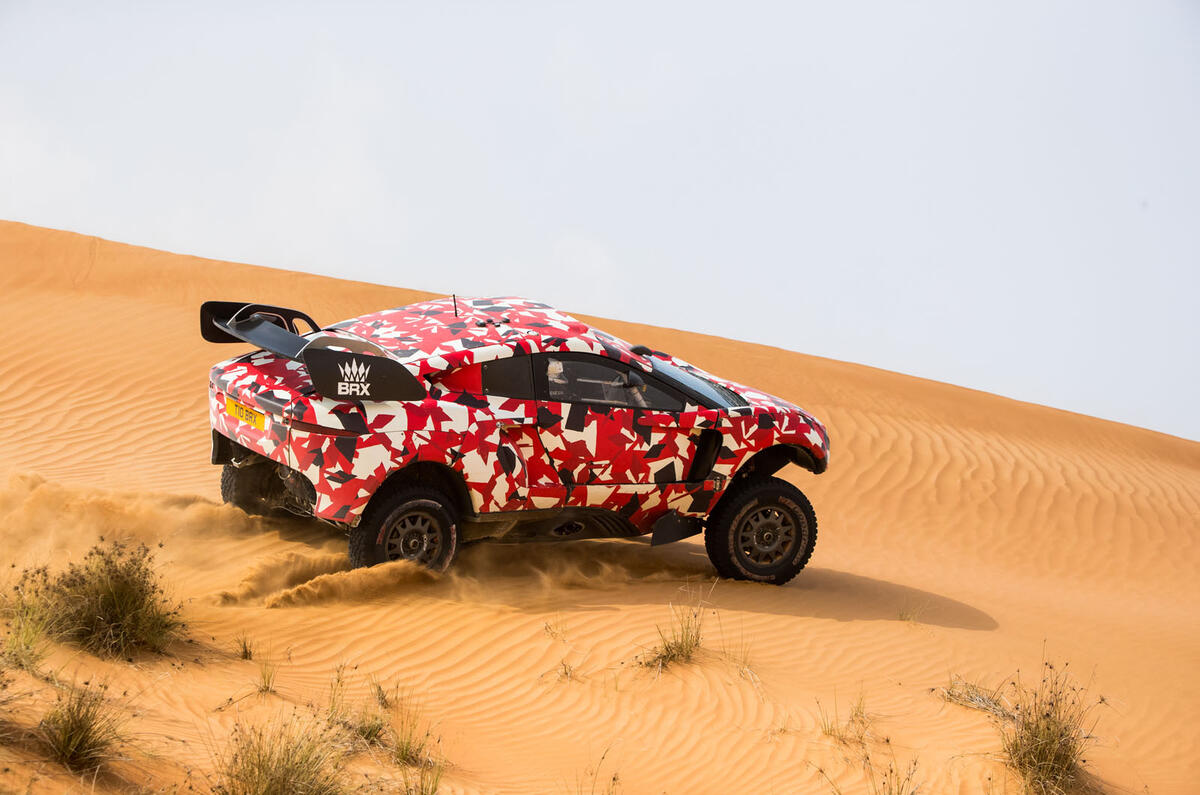
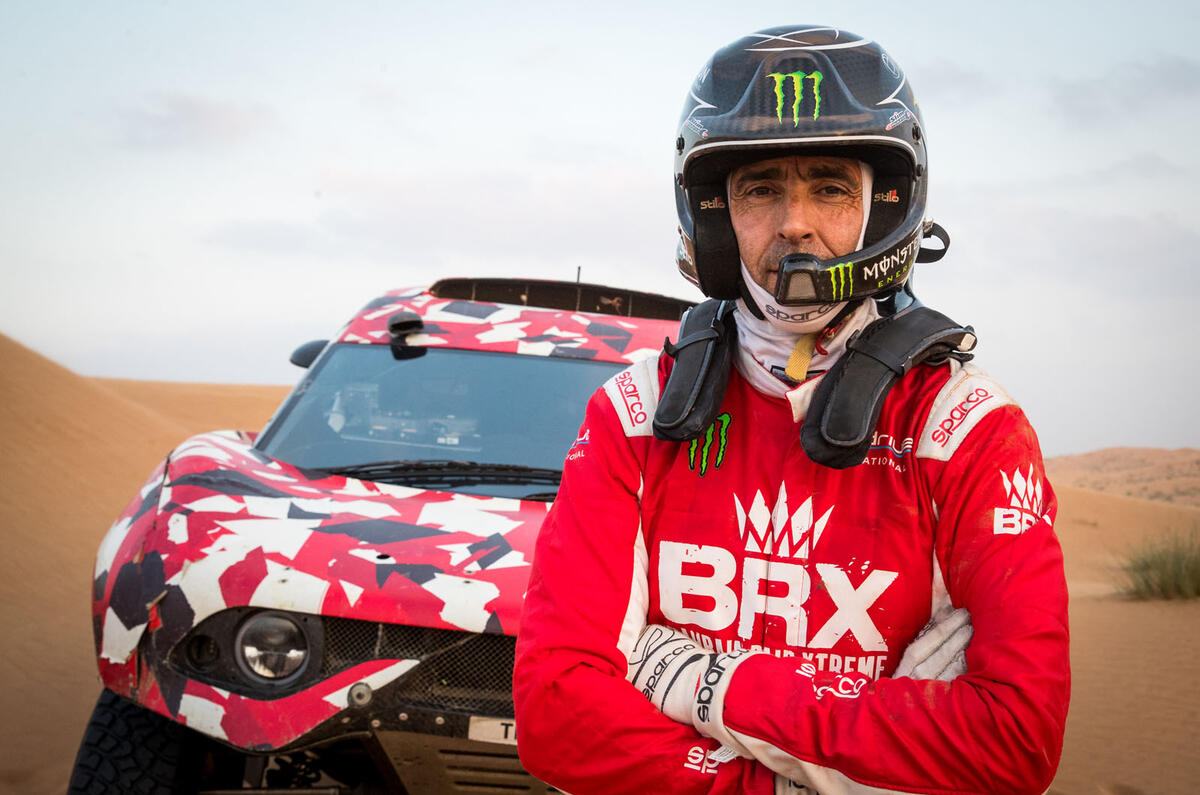
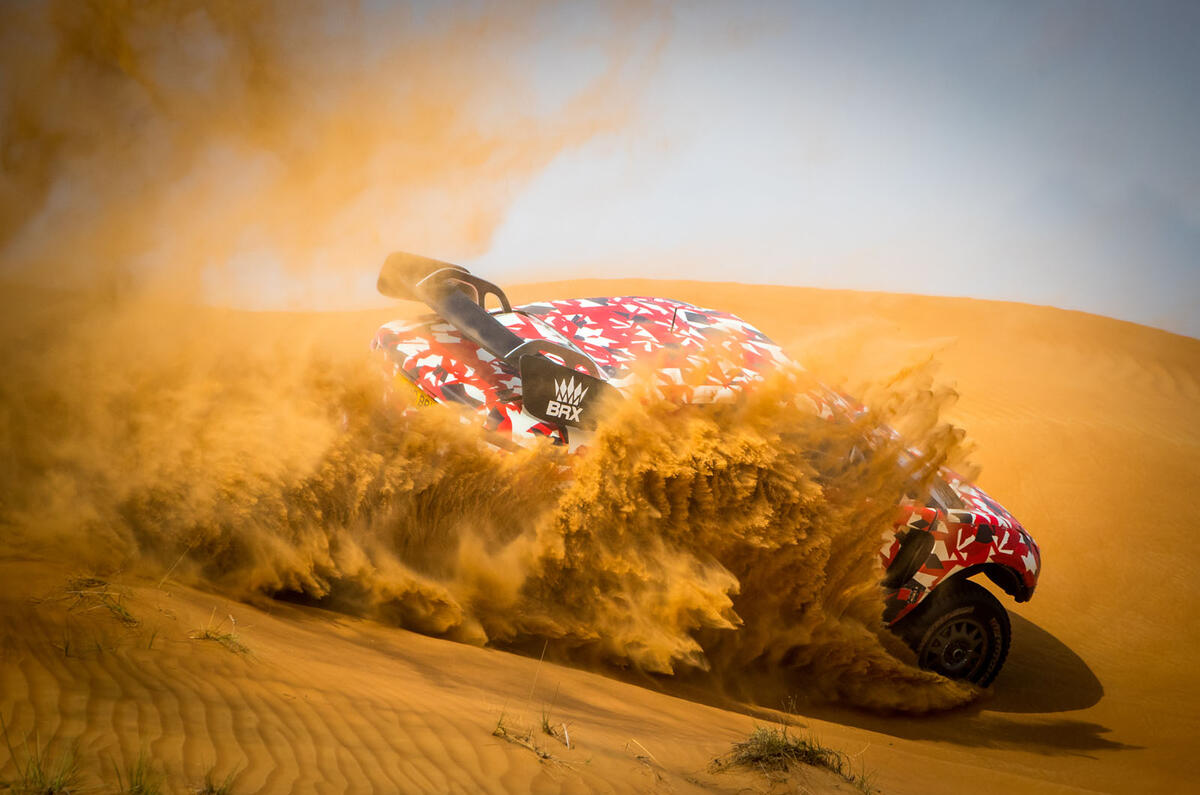
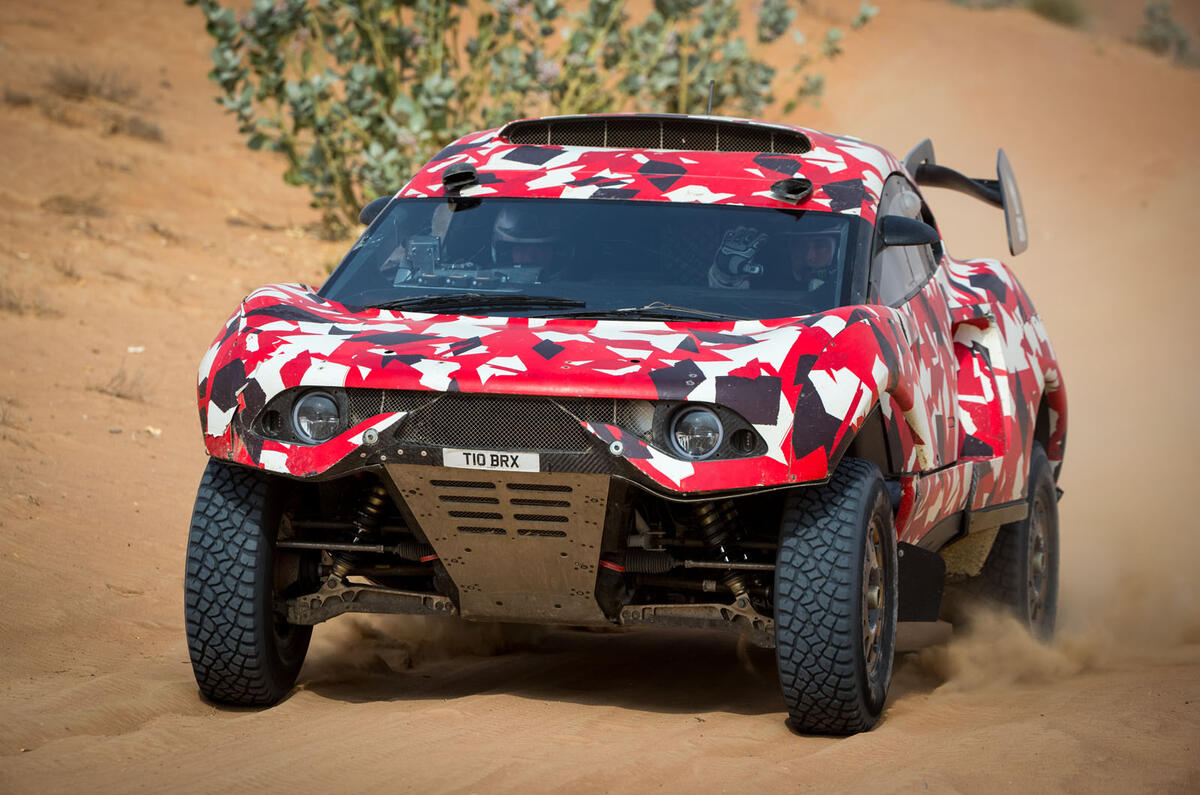


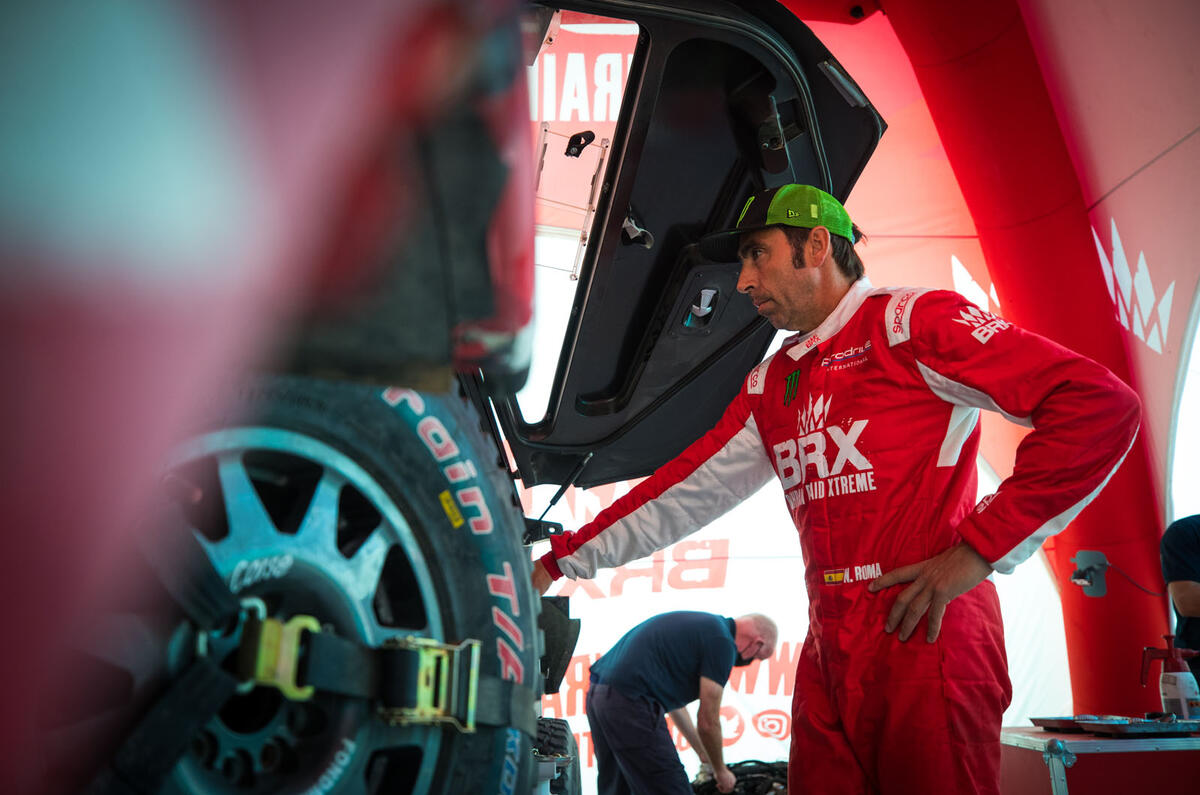
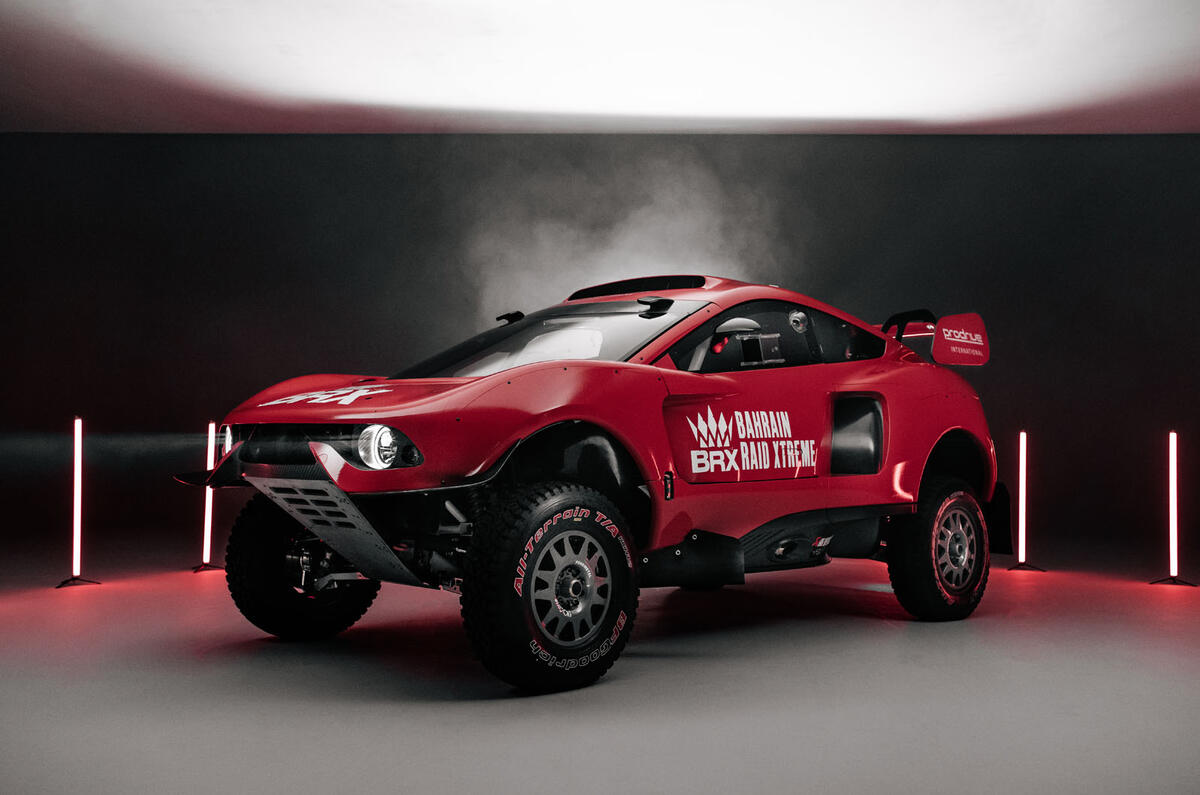
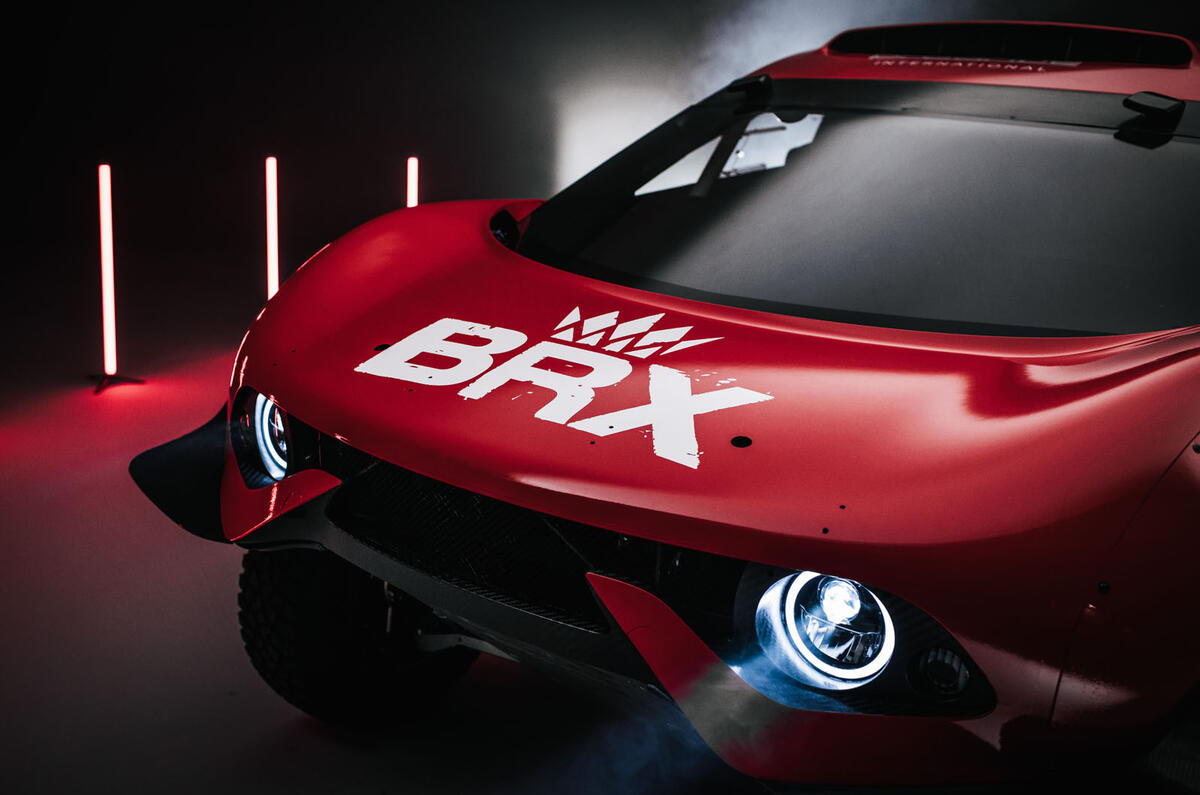
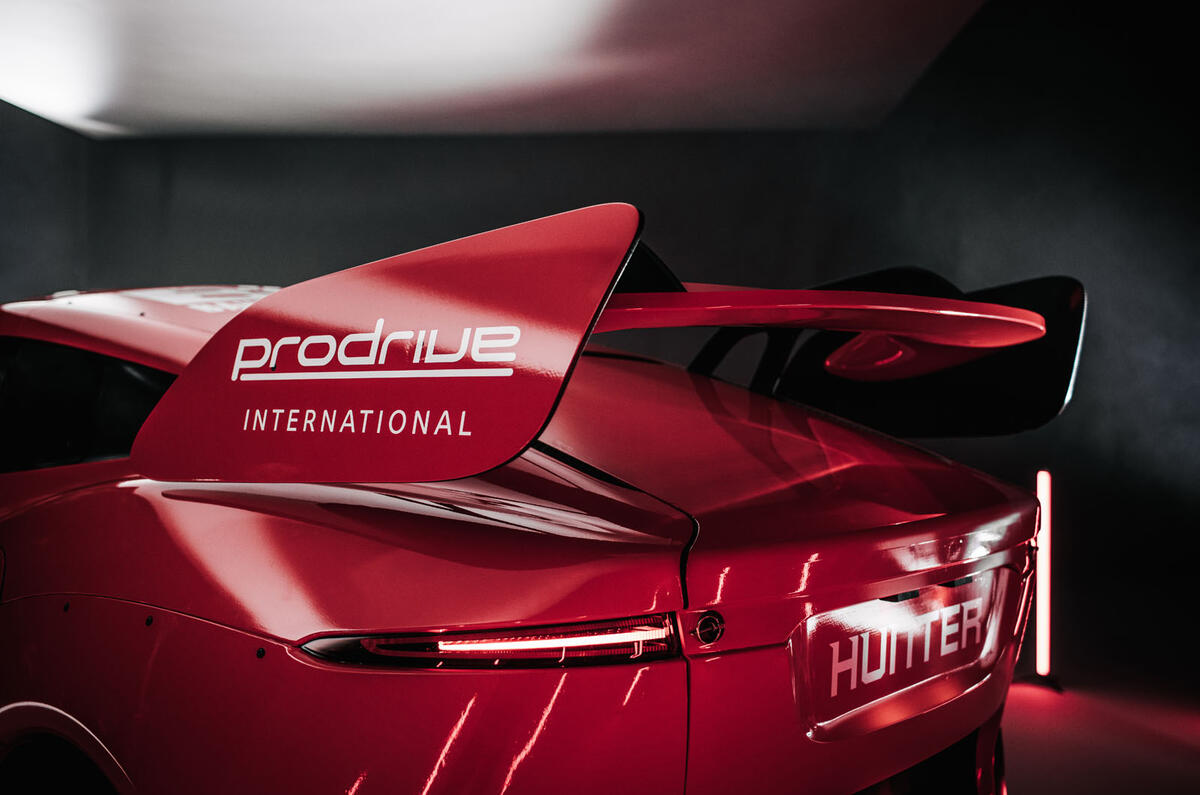


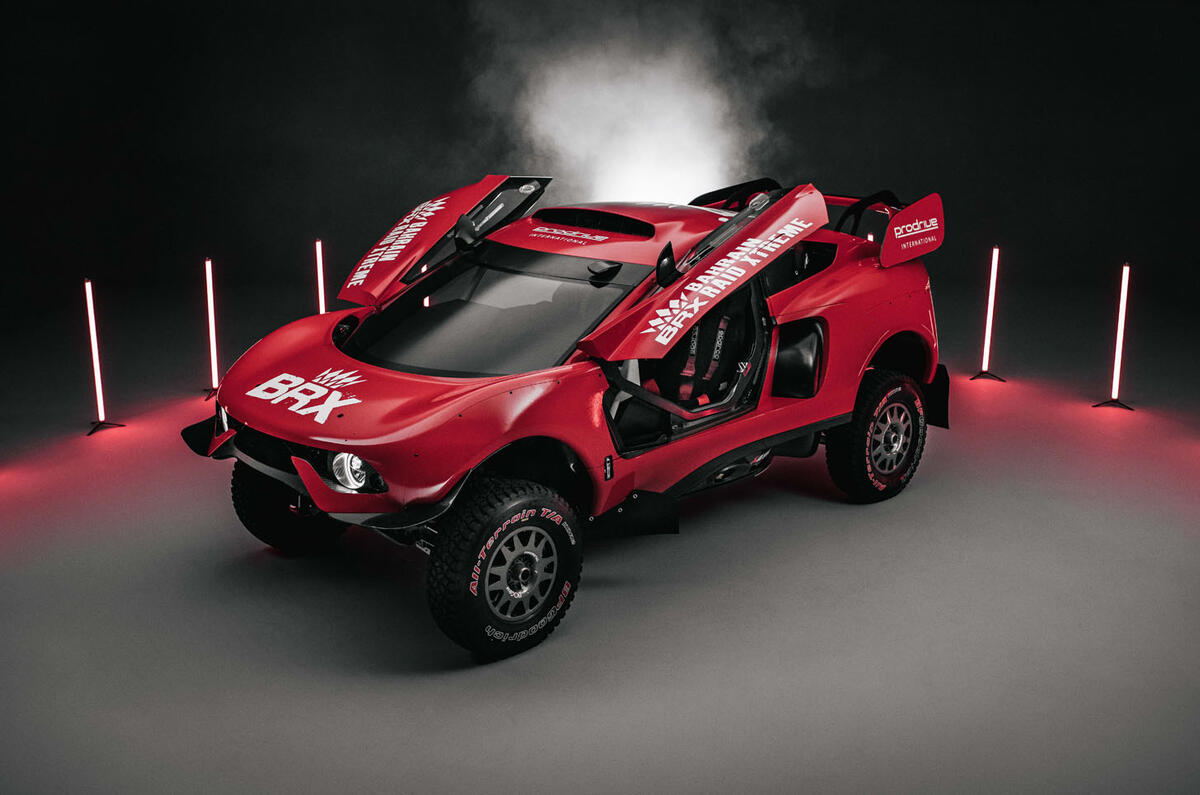
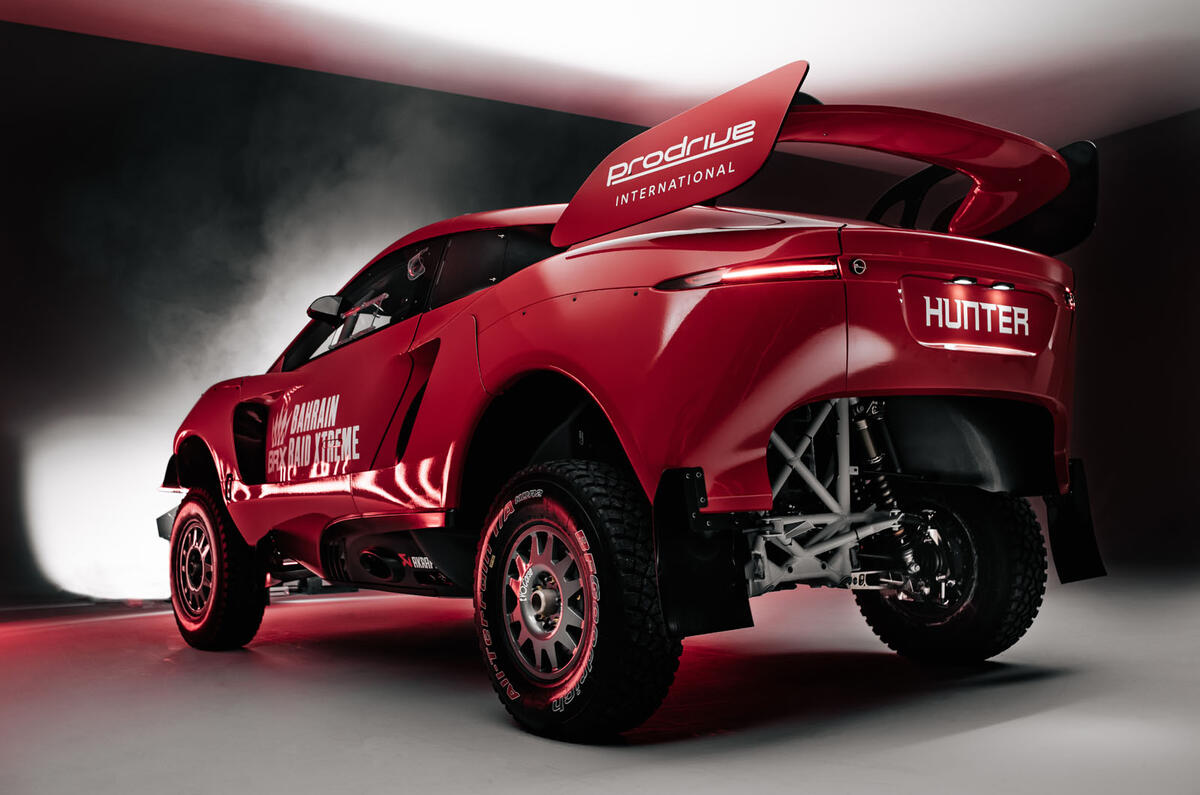
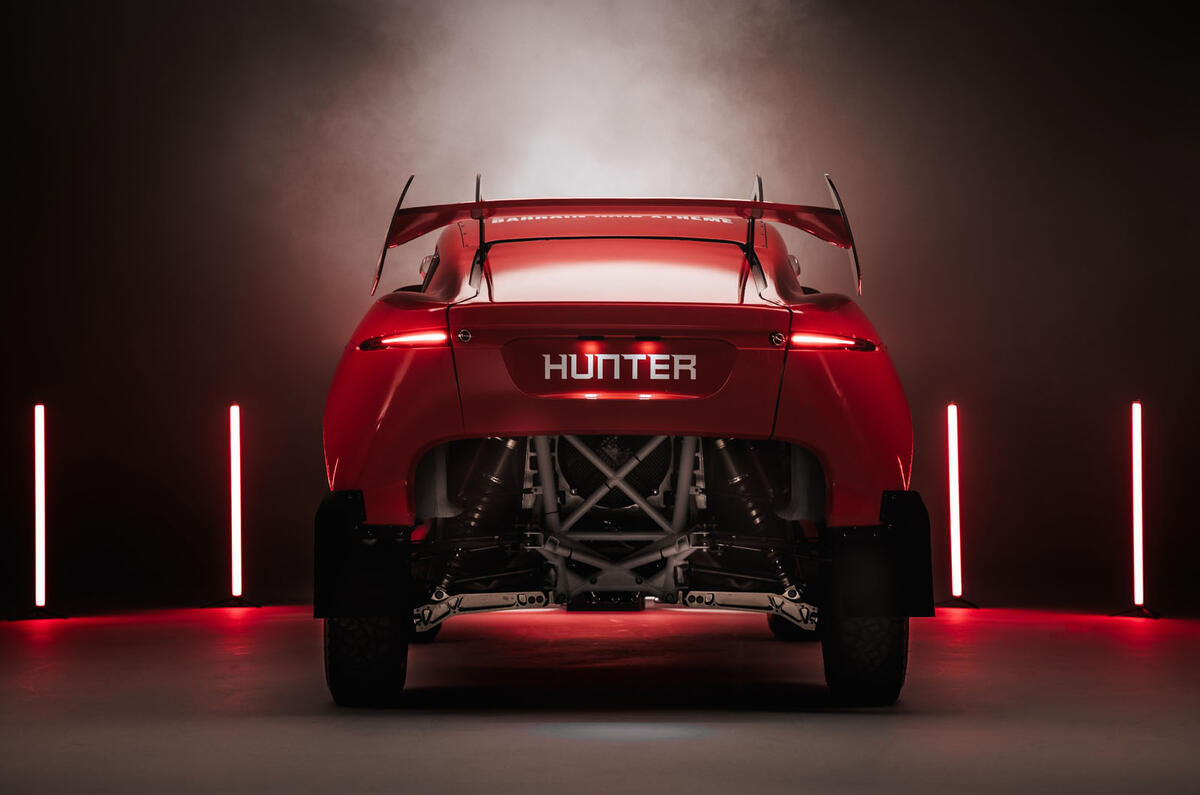


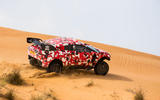

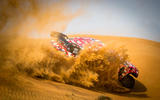
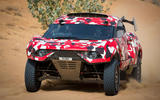
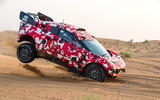
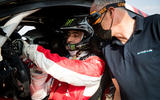
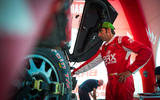
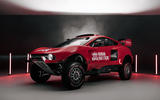

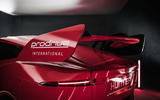

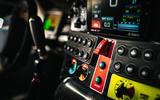

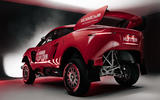
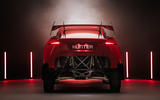


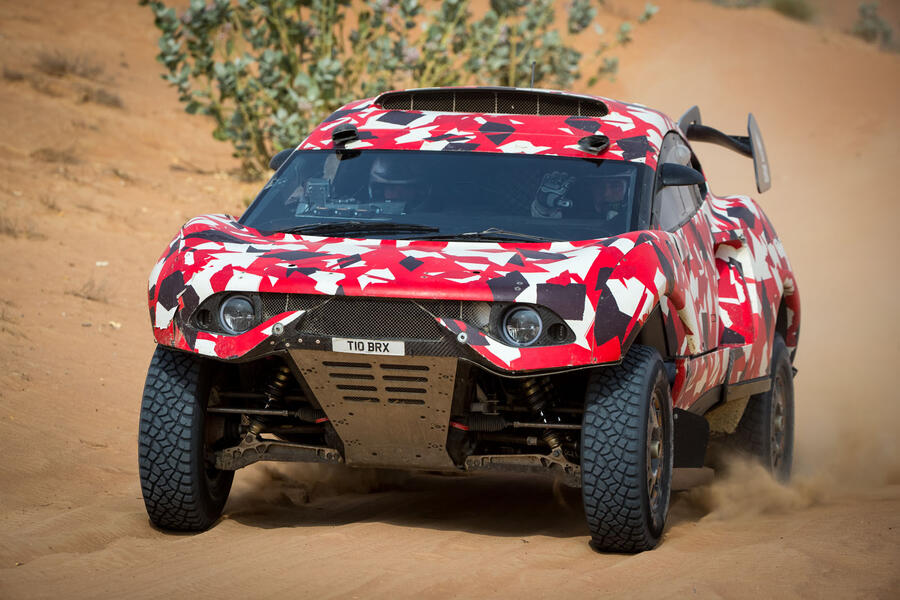







Add your comment